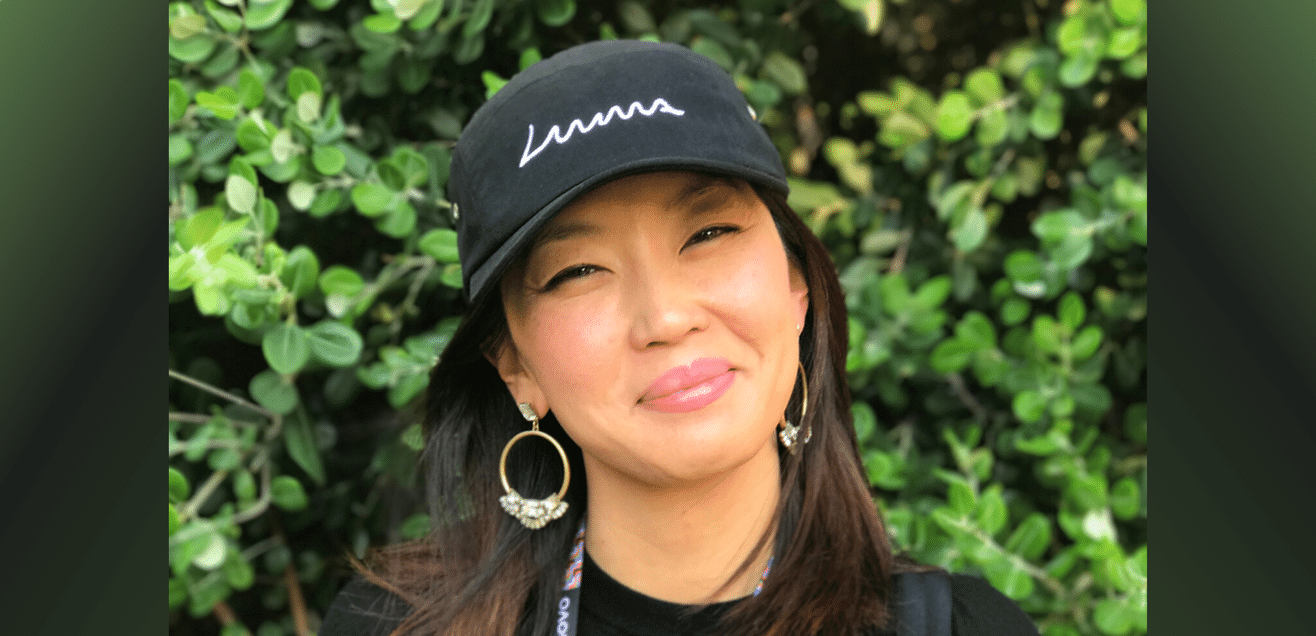Jamy Zink is the Vice President and Head of People & Culture at Luma Pictures, where she oversees the growth and development of all staff across Luma’s three locations in Melbourne, Los Angeles, and Vancouver.
Jamy joined Luma in 2012 to spearhead the creation of the culture department, and since then, she has been an integral part of Luma’s success, with a focus on leadership, talent management, and initiatives that support a culture of people first.
In this interview, Jamy shares her journey to the world of visual effects, from her extensive background in operations and marketing management within the film industry in Australia to her current role at Luma. She also provides valuable advice for those interested in pursuing a similar career path, and the mentors that helped her along the way.
What inspired you to pursue a career in HR, and how did you end up in the VFX industry?
I stumbled into the industry and the role by accident! It was meant to be a short-term gig while I saved up money to backpack around Europe in my 20’s. I took a contract position at Film Victoria (now VicScreen) back in 2006 as an Executive Assistant and was met with the best mentor anyone could ask for — Caroline Pitcher (now CEO of VicScreen). She took me under her wing and introduced me to the world of film and television. I couldn’t believe jobs like these existed, and I eventually followed her to a visual effects studio called Iloura (now Framestore Melbourne). During my time there, I was trained in HR, contracts (which allowed me to put my law degree to good use) and marketing.
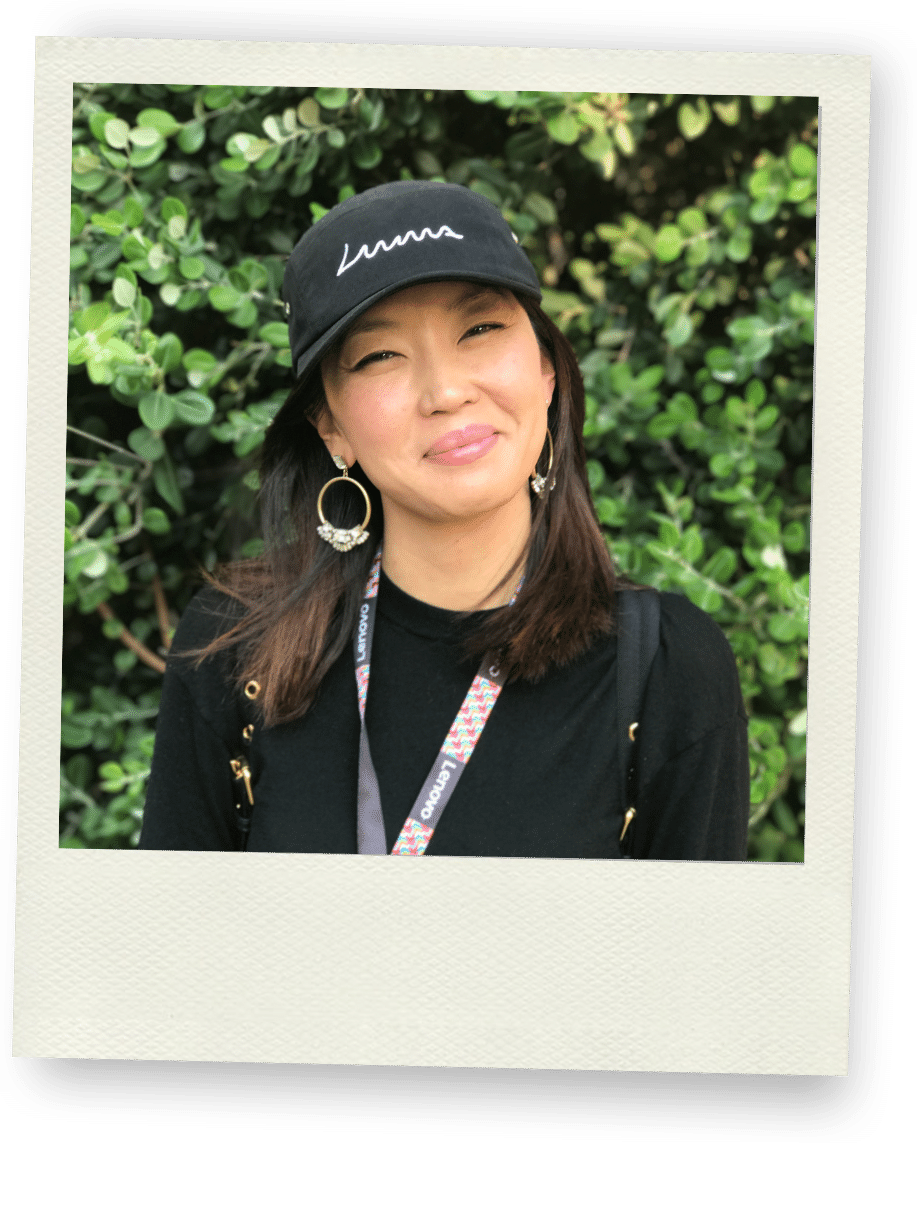
In 2012, I was hired by founder Payam Shohadai to help set up Luma’s Melbourne studio. I think deep down, I’ve always loved to connect with people, find out their life stories and figure out what makes them who they are. Payam was another great mentor, and he picked up on this, encouraged me to think of this as a super-skill, and helped me build a role around this.
I stayed because I couldn’t think of a better group of people to work with. It’s inspiring working alongside immensely talented yet humble and wonderful people. I feel lucky that I have built some of the most meaningful relationships I have in my life, which would never have been possible had I not taken that chance at applying for the job in 2006 and staying ambitious.
What do you enjoy most about working in the VFX industry, and how do you think it differs from other industries in terms of People & Culture challenges and opportunities?
“The people.
Hands down the thing I most enjoy about working in this industry.
While the movies and shows are also enjoyable, knowing who worked on them and their efforts makes it even more rewarding.“
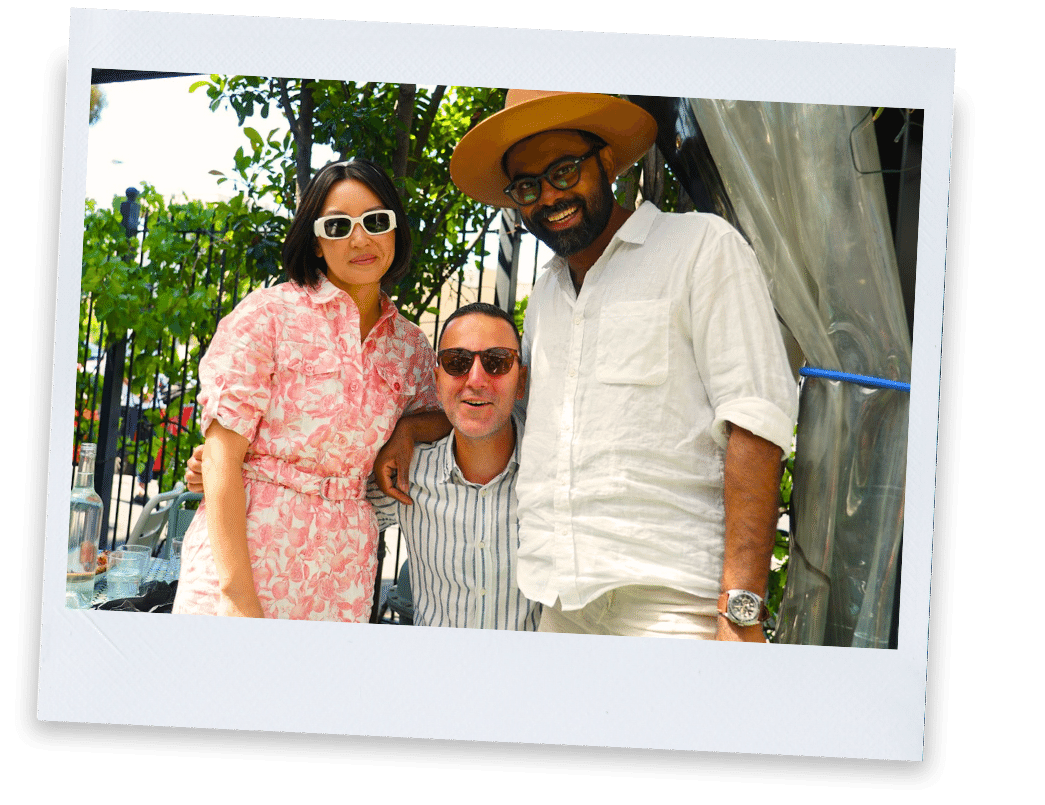
There are some common challenges felt across the industry, such as long hours, last-minute changes to projects or artists wanting to explore new cities or different opportunities. At Luma, we are fortunate to be a smaller studio that can pivot and address these challenges in a more personalised way. We try to place a lot of emphasis on the experience people have with each other at Luma, rather than just focusing on what they do. There are always new and exciting opportunities for how we can be better for our team and the pandemic has really shown how lucky we are to have resilient, talented and caring people in our company. They’ve all banded together to help keep the company moving forward, so when you are servicing this type of group, it’s easy to keep pushing the people and culture initiatives forward to keep them happy.
How do you foster a positive and inclusive company culture at Luma?
By listening, and of course, through trial and error. We listen to how people are feeling, what they think is important, and what drives them to be happy at the studio. It’s not always easy, but it is the most genuine and authentic way to determine what we place the most emphasis and time on within the People & Culture team.
We learned a big lesson about five years ago, we used to always say that we wanted to look for people to join Luma who were a cultural fit. After much deliberation, listening, and some mistakes along the way, we changed our philosophy and are now always looking to add culture. It’s one word, but it has made a huge impact on our approach to hiring and retention.
“We can always be better. That’s the thing you have to remember. No one can ever truly say that their culture and approach to it as a company is perfect. Everyone should be striving to make it better, to be more inclusive, and to make a more positive impact.”
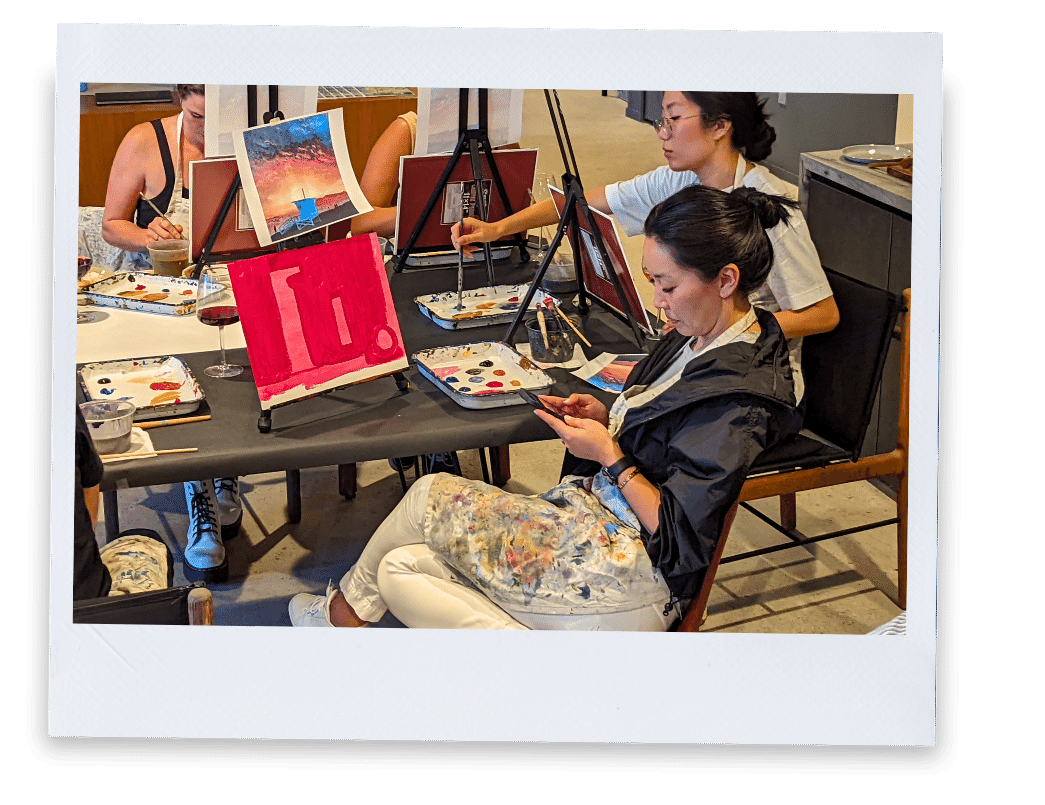
What advice would you give to someone who is interested in pursuing a career in HR within the VFX/film industry?
Go for it. It’s one of the most rewarding industries in the world. It’s challenging, but the challenges pale in comparison to the experiences and memories you’ll make by working with such an amazing group of people.
You can start anywhere by taking an opportunity within a studio that is willing to give it to you. I am 100% certain that getting your foot in the door and making connections is what will help you get to where you want to go.
What’s the last great book you read, and what did you enjoy about it?
Crying In H Mart, by Michelle Zauner. It was recommended to me by Luma’s People & Performance Director Vanessa Krejcir. Her exact words were “I think this is your story. You should read it”.
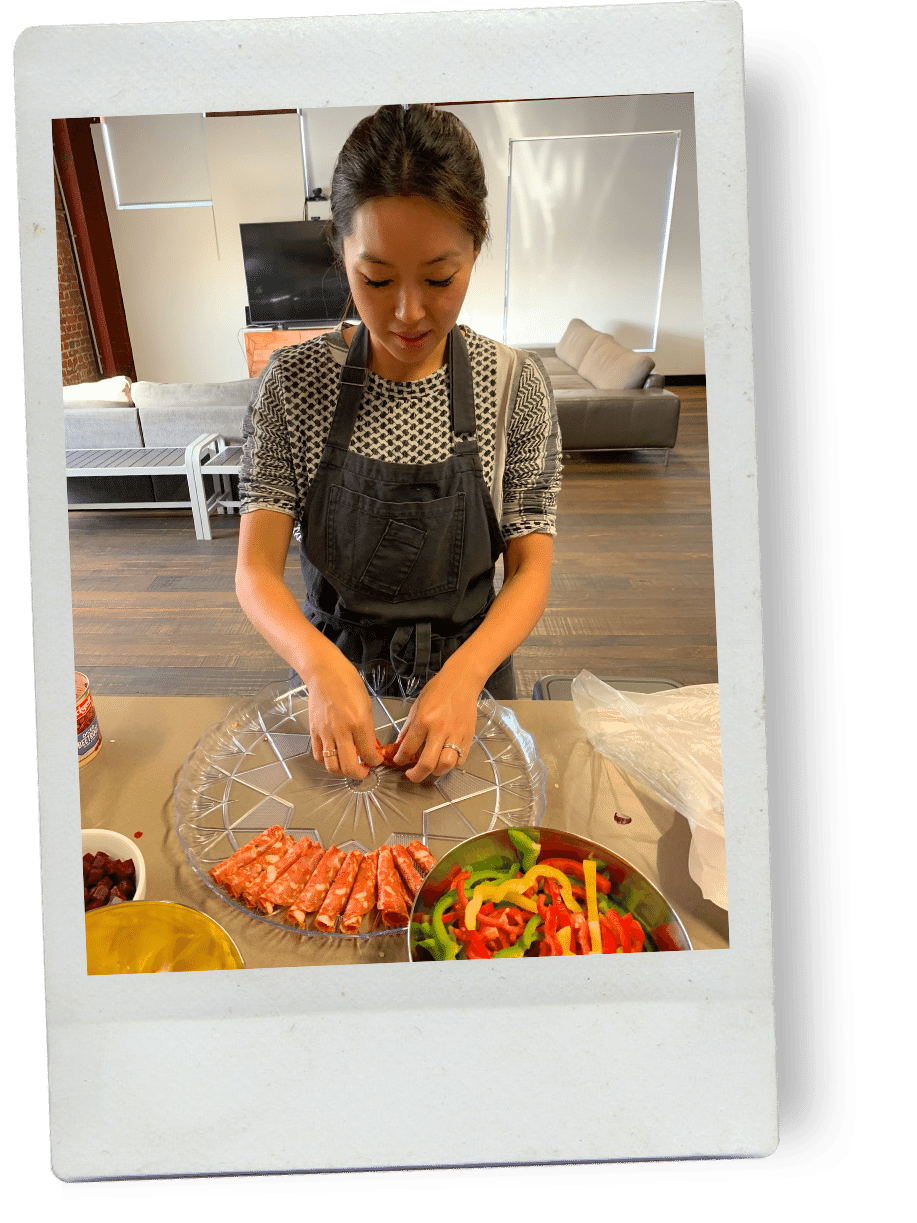
I don’t remember crying that much while reading a book. Ever. It’s like the author had a camera in my house while I was growing up in a Korean immigrant family and the struggles and triumphs I went through.
What are three things you can’t live without?
My husband, my toy poodle and a good Melbourne coffee.

